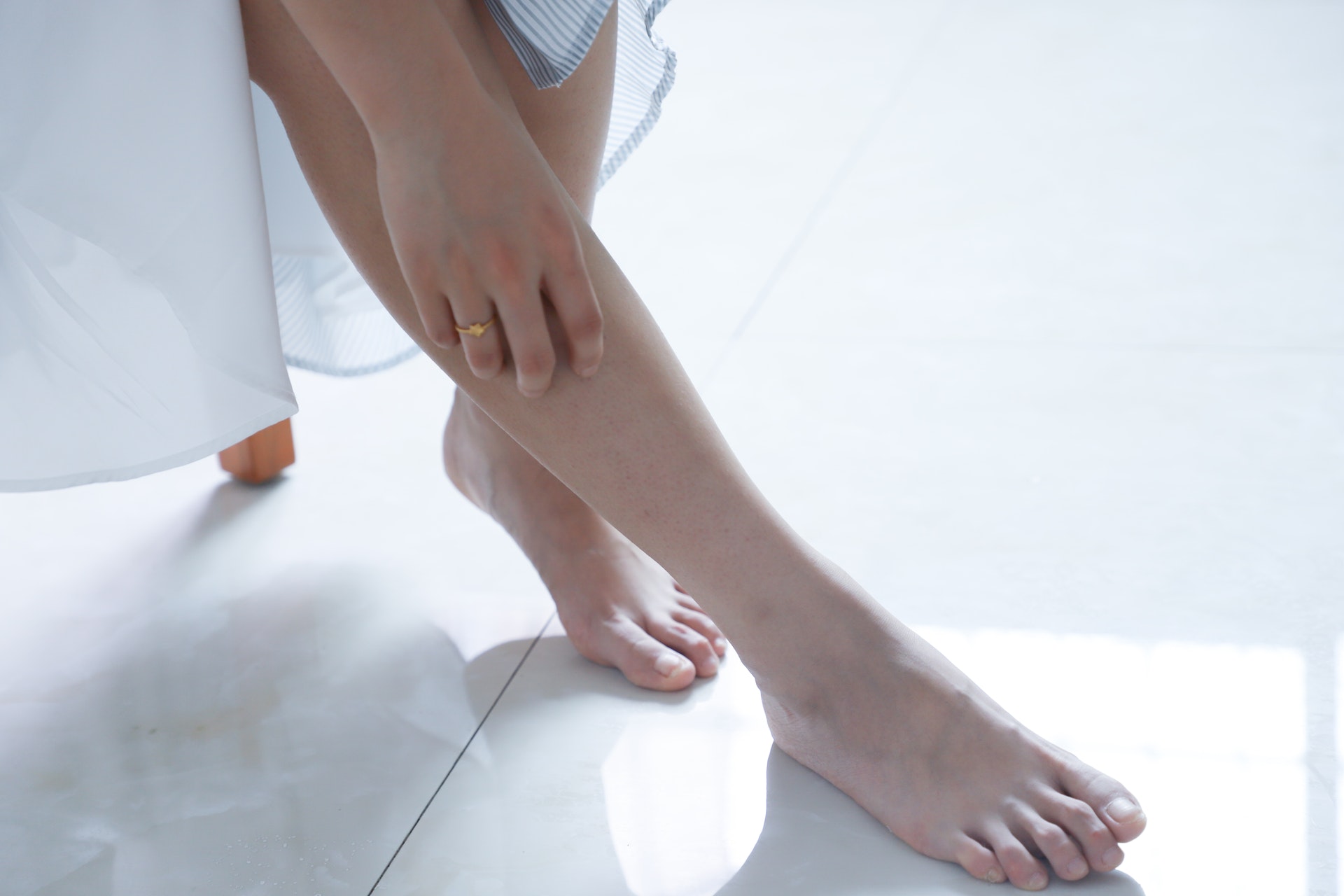Rheumatoid arthritis currently affects over 1.3 million Americans, about 1% of the population, and can occur all over the body, including the forefoot, one of the most common areas.
While there is no cure for rheumatoid arthritis, natural remedies can help you find longer-lasting relief without any side effects from prescription drugs.
This article will dive into what forefoot rheumatoid arthritis is, its possible causes, and four natural ways you can find relief.
Contents
What Is Forefoot Rheumatoid Arthritis?
Rheumatoid arthritis is a chronic disease that causes painful joint inflammation, which causes damage to the joint itself and the ligaments and other tissues that support it. This damage can lead to joint deformities, such as claw toe or hammertoe, and softening of the bone, which can lead to stress fractures and bone collapse.
What Are the Possible Causes of Forefoot Rheumatoid Arthritis?
Rheumatoid arthritis is when your immune system attacks your joint linings and is a genetic disposition. Therefore, there is not one specific cause of forefoot rheumatoid arthritis.
However, a combination of environmental and genetic factors may be responsible. For example, the condition may trigger when a person inherits the genes for RA and becomes exposed to specific environmental triggers – such as cigarette smoke, silica dust, or other chemicals.
Other possible factors include
- Gender: Women are more prone to develop rheumatoid arthritis than men
- Age: Most people get rheumatoid arthritis when they are over 65
- Weight: Being overweight adds to the joint stress
- Previous Injuries: People with earlier injuries from sports or an accident are more susceptible
Four Natural Ways To Relieve Forefoot Pain Caused by Rheumatoid Arthritis
If you have been diagnosed with rheumatoid arthritis, natural remedies can help alleviate some of the pain you’re experiencing.
Rest Your Feet
People with forefoot rheumatoid arthritis may find that resting the foot helps to reduce pain and inflammation. For example, you can elevate the foot, ice it, and wear comfortable shoes. Therefore, it is vital to avoid putting too much weight on the joint, so people with forefoot rheumatoid arthritis may need to use a cane or walker for a while.
Use Insoles and Pads
The use of metatarsal pads or insoles can help to relieve some of the inflammation, pain, and stiffness in the joints. They can help to spread your transverse arch, promote the return of any overextended toes to their normal anatomical position, and encourage the return of your forefoot fat pad to a place that supports your metatarsal heads. These tools can help realign your toes and offer relief from the symptoms of forefoot rheumatoid arthritis.
Toe Spacing
Toe spacing separates the toes to realign them and return them to their natural alignment and function. You can use toe correctors to do this. Toe correctors are great tools for toe spacing as it aids in pain and discomfort by reducing pressure and friction between them. Toe spacers can help ease the inflammation and pain caused by this type of arthritis. Additionally, stretching out the toe muscles and ligaments can help keep them flexible and limber, reducing pain.
Toe Taping
Taping your toes to realign them will relieve rheumatoid arthritis in the same way as spacers work. Toe-taping will take pressure off the joints, support and align the toes, and reduce foot and toe swelling.
Final Thoughts
Rheumatoid arthritis is a painful condition for many people. There is no cure for it, but there are certain things you can do to help relieve the pain. Try one of the above relief methods and see if they increase your comfort level.



